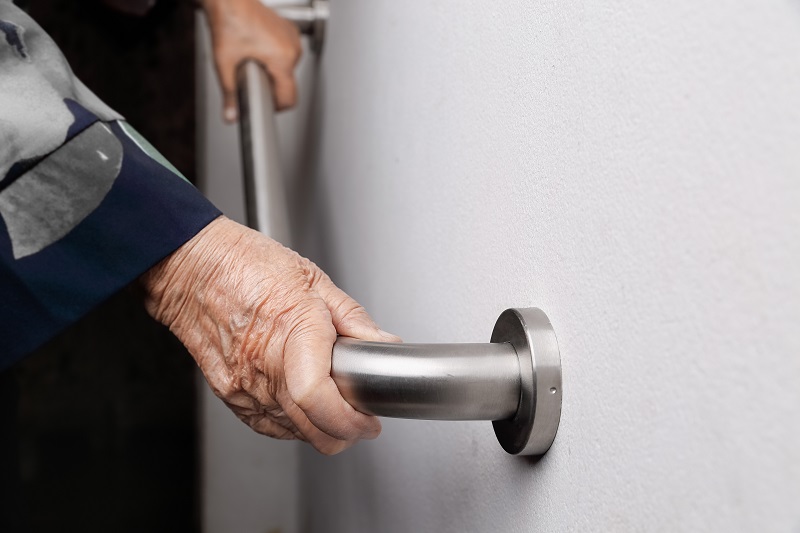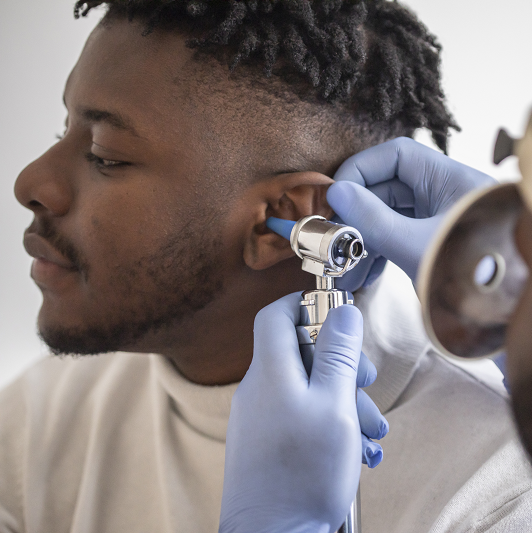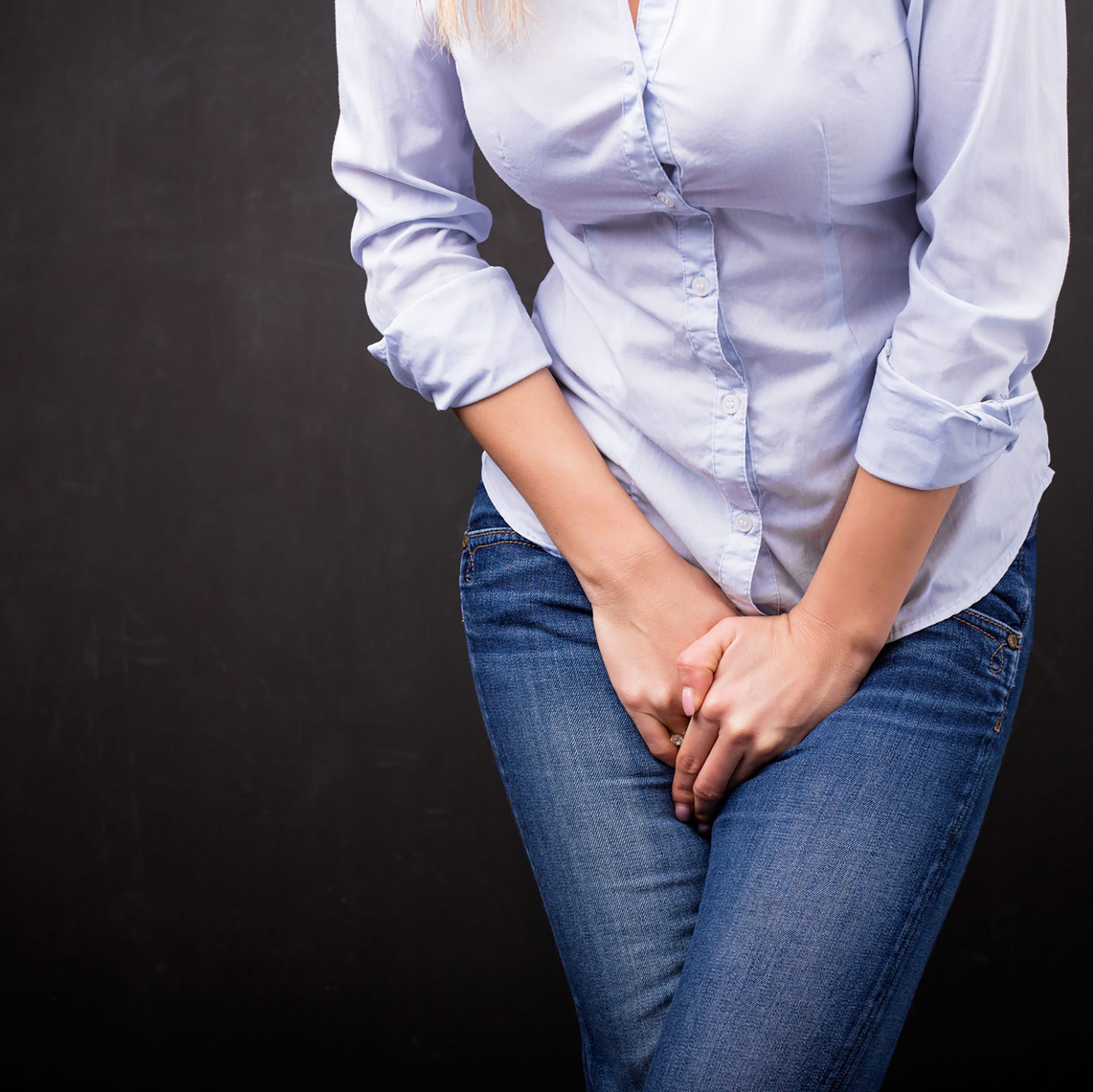How to Fall Proof Your Home

October 27, 2022
Just as you would baby-proof your home for a crawling child, it’s increasingly important to fall-proof your home for a loved one who may be unsteady on their feet.
The CDC reports that for adults 65 and older, fall injuries are the leading cause of injury related deaths and in 2019 there were three million emergency department visits for older adult falls.
“Falls do not have to be an ‘inevitable’ part of aging, they can be avoided by taking the right steps to make sure your home is a safe place to navigate,” says Stephanie Bonne, M.D. critical care surgeon and Chair of the Trauma Center at Hackensack University Medical Center.
Here are 5 ways to prevent falls from happening in your home.
1. Remove excess clutter and keep floors clean.
“Take a walk around your house and look for unnecessary items that are left on the floor – do you have shoes scattered at your entryway, or a stack of magazines in the living room? Make sure you tuck away any loose items that could be a tripping hazard,” says Dr. Bonne.
Ask yourself, “does this item need to be here?” If it’s not serving a purpose, like a doormat to wipe feet, remove all unnecessary items from the floor.
Remove any throw rugs and tape down any wires that can be tripping hazards.
2. Add additional lighting to walkways and dark areas.
Motion detection lights are a great option to light up areas of the home.
“Try adding motion sensing lights to any uneven walkways like stairs and single steps into different rooms. They are easy to install and you can get battery operated or plug-in lights. This added light will help with visibility when you’re shifting weight to a higher or lower level part of your home,” Dr. Bonne says.
3. Add railings for extra support.
Railings should be available wherever there are steps present, as well as in other areas of the home where you are lifting yourself up and down.
“Consider railings in the bathroom – this can be both in the shower and next to the toilet. You can also install bed rails for better leverage while lifting in and out of the bed,” says Dr. Bonne.
4. Use non-slip mats in the bathroom.
“Any place where there's water, there’s an added risk of slipping, so add non-slip mats to any bathtub or shower area and make sure to clean up any spills right away,” adds Dr. Bonne.
5. Bring down any frequently used items off high shelves.
Any kitchenware that’s on a higher shelf that would require a step stool or exaggerated reaching should be brought down to a lower level.
“If your mugs are on a high shelf or a hook, bring them down to where it’s easier to grab. Never use a chair as a stepping stool, if you must step up, make sure your stool has a handle bar. Ideally, all frequently used items would be placed where they are easy to access,” advises Dr. Bonne.
Some added tips for balance and overall health include:
- Stay active and exercise to keep your strength and balance
- Wear well-fitting shoes, like walking shoes, to avoid slipping or turning ankles
- Have your eyes checked annually and update your glasses as needed
- While visiting homes with pets, keep pets in another room or restrained to lessen the risk of bumps, jumps and tripping
“It’s important to eliminate any unnecessary risks for falls, especially for those who may live alone. By keeping things tidy and adding a few added resources like lights and rails, you can increase the safety of your home,” Dr. Bonne says.
Next Steps & Resources:
- Meet our source: Stephanie Bonne, M.D.
- CDC - Older Adult Fall Prevention
- To make an appointment with a doctor near you, call 800-822-8905 or visit our website.
The material provided through HealthU is intended to be used as general information only and should not replace the advice of your physician. Always consult your physician for individual care.






